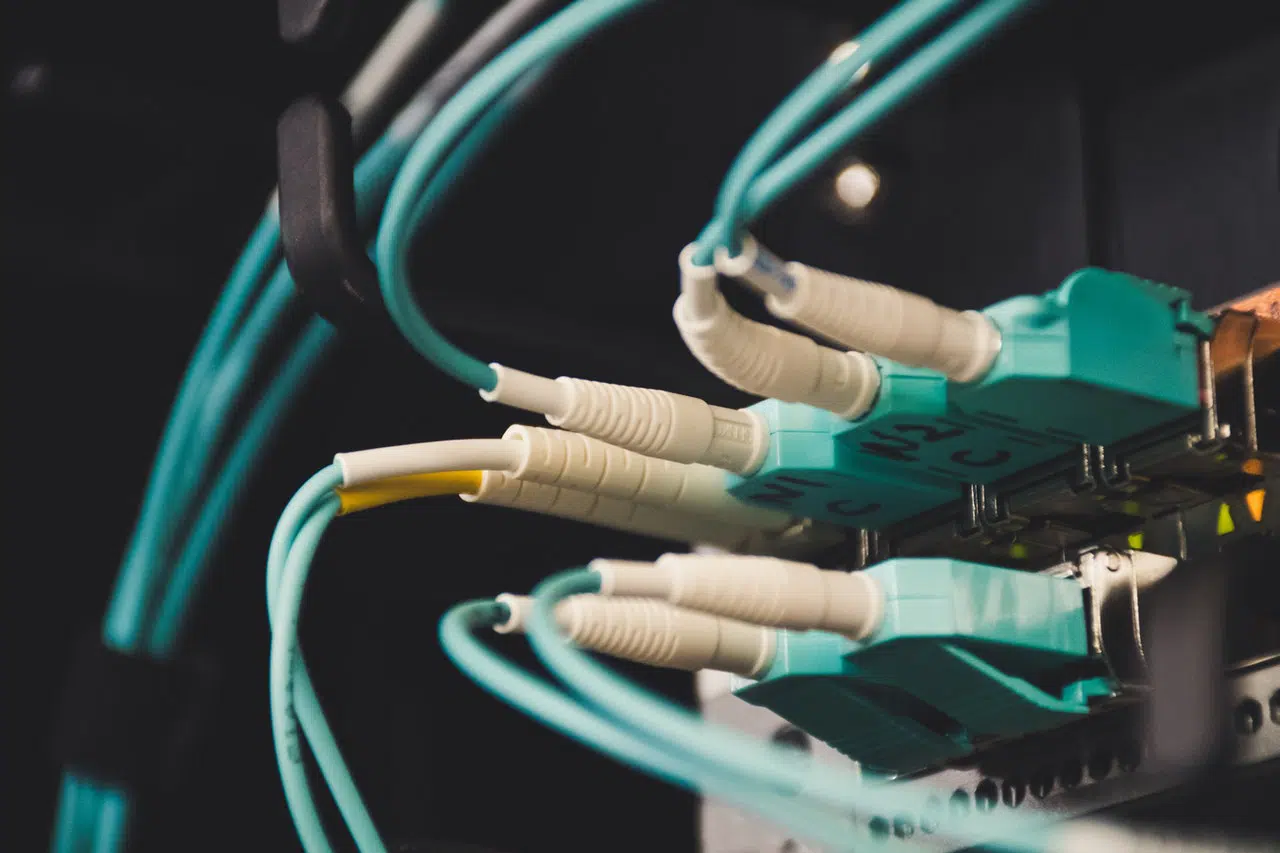Getting a fast, reliable internet connection is vital for your business, but there are many moving parts involved. When you or your employees have to face less-than-ideal network speeds, there are several things you can do to start the troubleshooting process.
Read on to learn about some common issues and ways to approach them.
1. Start by defining the problem at hand.
Can you identify which applications, computers, or locations are being affected? What events trigger the lag in performance? Log this information as it transpires so you have a better idea of the situation if issues reoccur.
2. Troubleshoot methodically.
Firstly, always back up your data before you risk losing it. Secondly, as veterans in IT support recommend, you should track any changes you make to your system and take copious notes before and after each change. This will help you think through possible solutions, and if nothing works out, you can better communicate the issue if you decide to bring in the experts. Don’t try to multitask by making more than one change at a time during this process, or you won’t be able to figure out what actually worked.
3. Do a basic hardware check.
Make sure cables are fully connected and in tact. It’s moderately common that a cable might have been unplugged accidentally or damaged by rodents. Your network issues may be quickly resolved by replacing faulty or ageing cables.
4. Experiencing slow or weak wifi signals?
If you’re using a router made for home use, then you should probably replace it for an industrial one, which lasts longer and comes with the latest tech. Either way, if your router is over five years old, its lifespan may be up. Speaking of older wifi set-ups, if your office contains more internet-accessing devices than it did before, you may need to connect another router to bulk up the system, or consider a mesh system to broaden the network reach and effectiveness.
5. Perform internet speed tests.
Use Ookla or Fast.com to get a free speed test and record the results. Try running the test several times during the day, or different time during the week if you can. It’s possible that your ISP (internet service provider) isn’t delivering the results you’ve paid for, so contact them if there is a significant mismatch. Otherwise, you may find that you need to upgrade your plan.
6. Monitor network usage.
When you’re calculating how much bandwidth your company needs, it’s best to assume that each device connected to the internet will require 1 or more Mbps (megabytes per second) at minimum. Use a search engine to find tools that monitor traffic, and try to pinpoint which devices are exasperating their share of the bandwidth.
7. Consider possible server issues.
If your company has its own server, you may need to reconfigure server roles so that employees are getting the bandwidth they need. Another common server-related issue rises after devices are powered down, moved, and connected to a new server. If not done properly, those devices may be trying to connect to a server that is no longer in use, in which case you will need to find specific guidelines for connecting to the new server and deleting the old server information.
Your company’s slow network speeds may be inexplicable now, but with a few checks in the right places, you might just find the solution. Remember, in the interest of avoiding any more headaches, back up your data and keep a log of your progress. A few simple tests can narrow down possible causes and highlight problem areas, so it’s worth a few minutes of your time to try these approaches.
Once you’ve tried it all and would like some expert assistance, SA IT’s team is more than willing to assess and implement solutions for your business.



